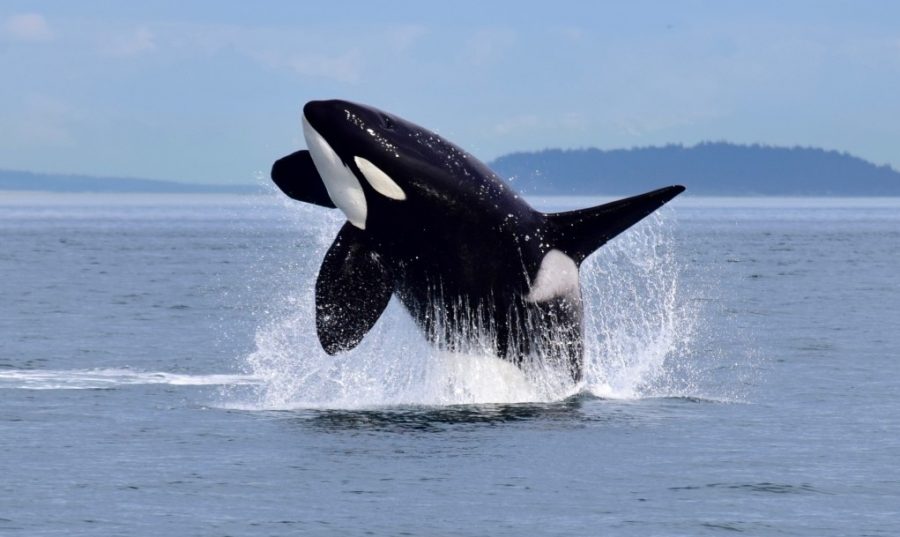Pacific Northwest Orcas in Danger of Extinction
The Pacific Northwest populations of orcas are beginning to starve and disappear, and not one calf has been born to the dwindling pods off the West Coast. Normally, four of five calves would be born each year among the urban population of whales, but numbers have since decreased, and circumstances are serious enough to put them on the list for endangered species.
According to the National Marine Fisheries Service, an arm of the Federal National Oceanic and Atmospheric Administration, the southern resident orca population has fluctuated considerably since researchers began studying it in earnest some three decades ago. In 1974, the group was comprised of 71 whales, but then spiked to 97 by 1996. Since then the population has fallen below 80, and remains around that level to this day.
Not only are there fewer calves than in recent years, but signs of inbreeding also are a definite component of a weakening population. In the 1970s and 80s, theme parks such as Sea World captured nearly 4 dozen orcas from the region, possibly shrinking the pods gene pool. In terms of actual breeding, female orcas are only breeding just once every decade instead of every five years. Without the consistent breeding in the population, female orcas cannot be replaced due to them aging out of the population.
The biggest contributing factor may be the disappearance of the big king salmon – fish more than 40 inches long. “They are Chinook salmon specialists,” says Brad Hanson, team leader for research at the Northwest Fisheries Science Center. It is true that orcas consume around 30 a day, which exaggerates the heavy effect it would have on their population.
In addition, a recent agreement between the Canadian government and Kinder Morgan to expand the Trans Mountain pipeline will multiply the oil tanker traffic through the orca’s habitat by 700 percent, and even expose the orcas to excessive noise and potential spills. This is a much more recent threat, but the results could be catastrophic due to the problems the orcas would have with communication and feeding.
A third factor that has been added into the mix is a sign of a marine ecosystem collapse. Beginning in 2013, something known as “The Blob” – a gigantic mass of nutrient poor, extremely warm water – warmed the Pacific from Mexico to Alaska, as much as six degrees above normal. According to Abel Valdivia, an ocean scientist at the Center for Biological Diversity, orcas are very susceptible to pollution and chemicals, all factors humans can work to control. “These incredible orcas are spiraling towards extinction,” says Valdivia. “As the officials continuously ignore the issue the scientifically established need to protect their habitat.”
With these factors in mind, the U.S. government has since become concerned enough to put the orcas on the federal endangered species list. In Seattle in March, Washington’s Governor Jay Inslee issued an executive order directing state agencies to do more to protect the whales, and in May he convened the Southern Resident Orca Task Force, a group of state, tribal, provincial and federal officials, to devise ways to stem the loss of the beloved regional creature. Additionally, officials have expanded the distance which vessels, including whale watching boats and kayaks, must keep from the whales. “Just the presence of boats can cause the whales to spend less time feeding,” says Lynn Barre, a NOAA Fisheries recovery coordinator for the orcas. “And it’s harder to communicate. They have to call longer and louder when boats are nearby.”
Much is still unknown about the plight of these orcas, but biologists and conservation managers have zeroed in on several main factors, all that are connected. It is in the best interest of the whales, and even the environment, to continue exploring for ways to save these species from disappearing completely.









